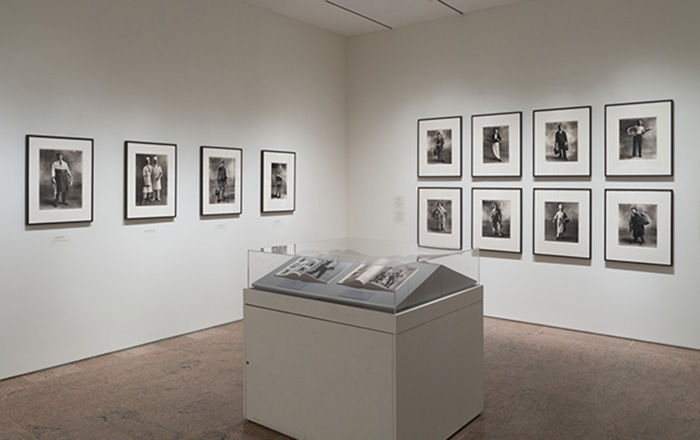Far Side of the Moon at Apolune
National Aeronautics and Space Administration (NASA) American
Printer Eastman Kodak Co. American
Not on view
This photograph was made as part of the Lunar Orbiter program, a series of five unmanned spacecraft launched into orbit around the Moon in 1966 and 1967. Each spacecraft was equipped with a sophisticated imaging system provided by Eastman Kodak, which consisted of a dual-lens camera, film processing and handling units, and a readout scanner for transmitting the images back to Earth. The main purpose of the program was to select lunar landing sites for NASA’s manned Apollo Missions.
Over the course of one year, the Lunar Orbiters photographed 99 percent of the Moon’s surface, producing more than 2,000 images of unprecedented clarity and precision. After the film was processed on board the spacecraft, it was scanned in strips and transmitted to Earth via radio. Technicians at Eastman Kodak in Rochester, New York, created the final images by transferring the strips onto sheets of large-format film, from which prints were produced. This print comes from the collection of George Keene, an optical engineer who headed the team responsible for reconstructing the Lunar Orbiter images in Rochester.
This image cannot be enlarged, viewed at full screen, or downloaded.
This artwork is meant to be viewed from right to left. Scroll left to view more.




